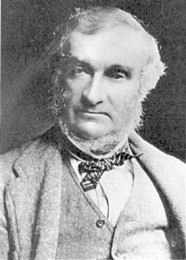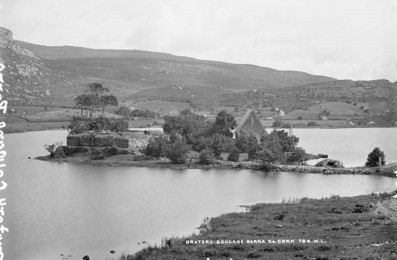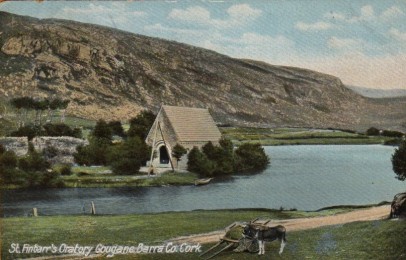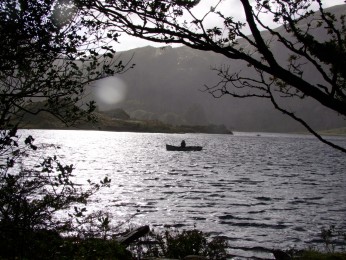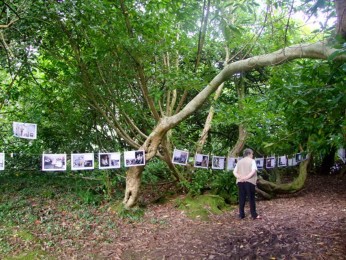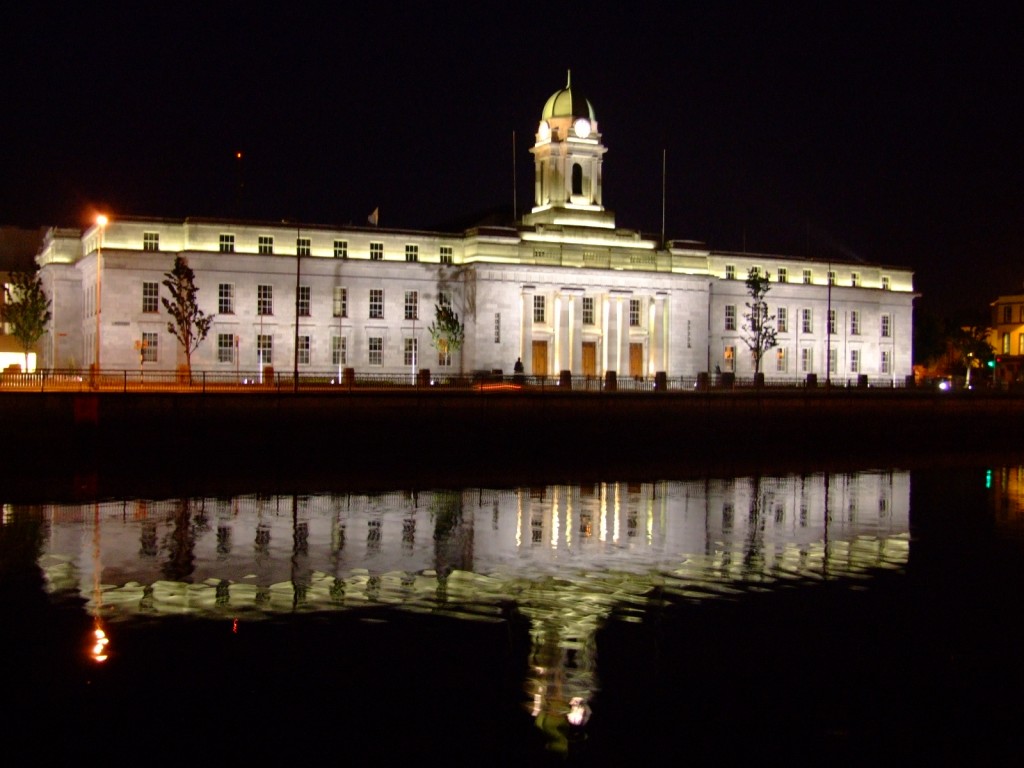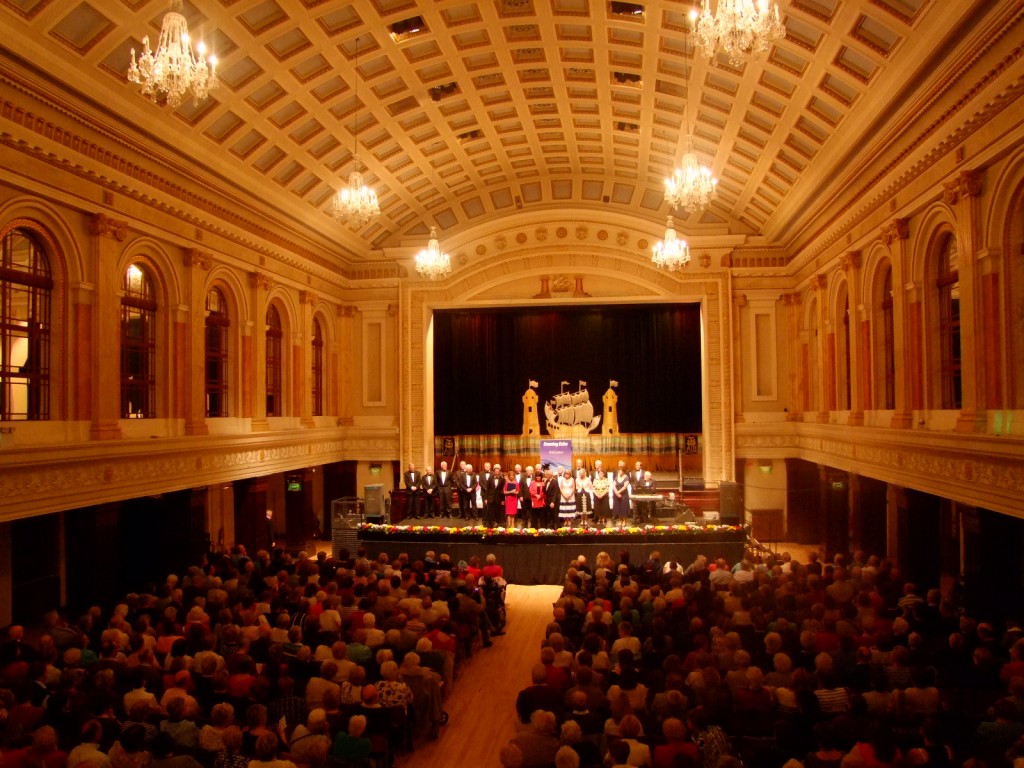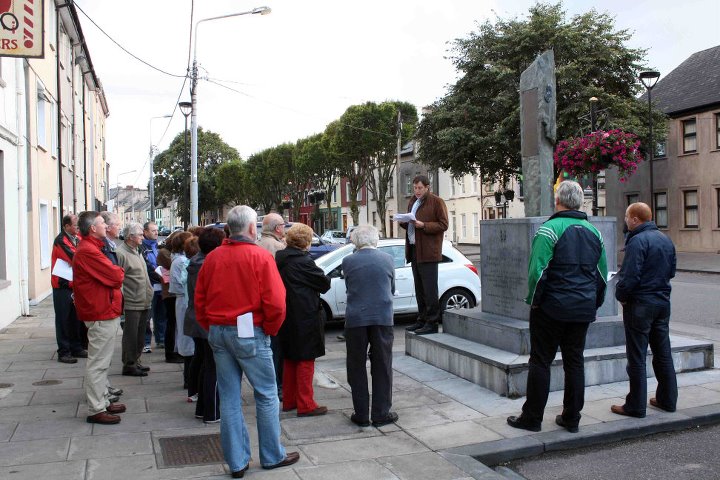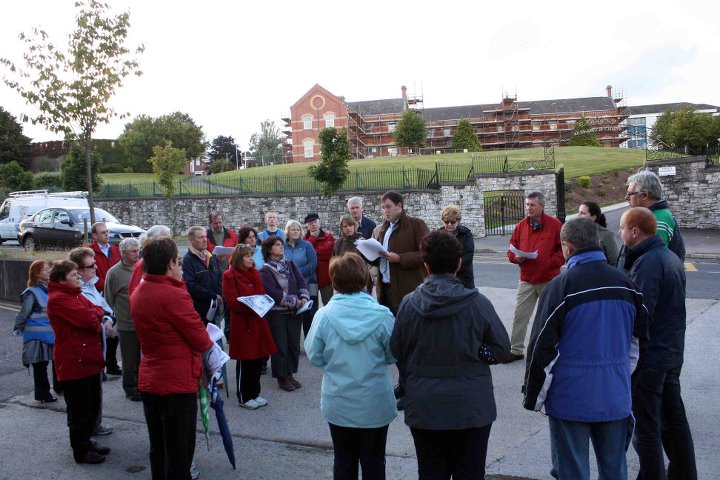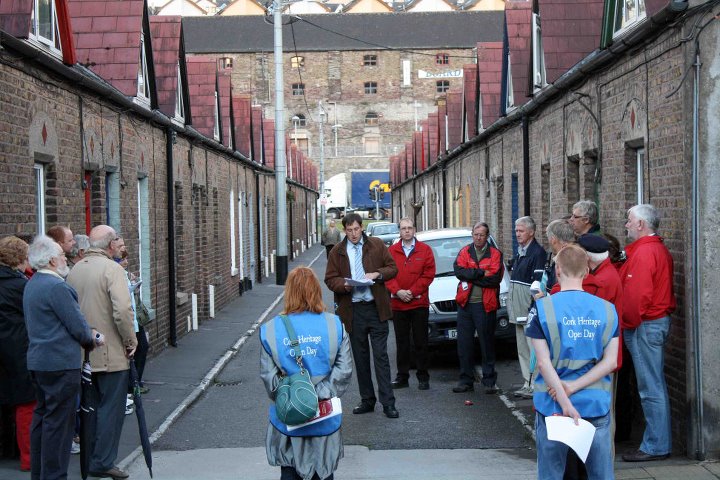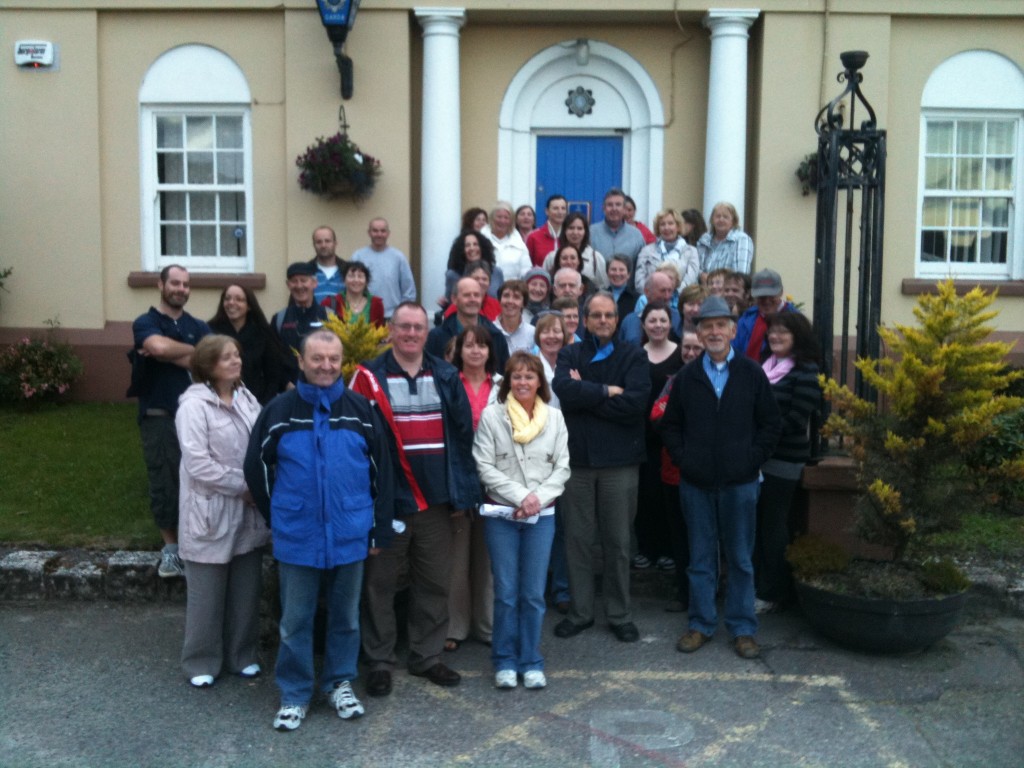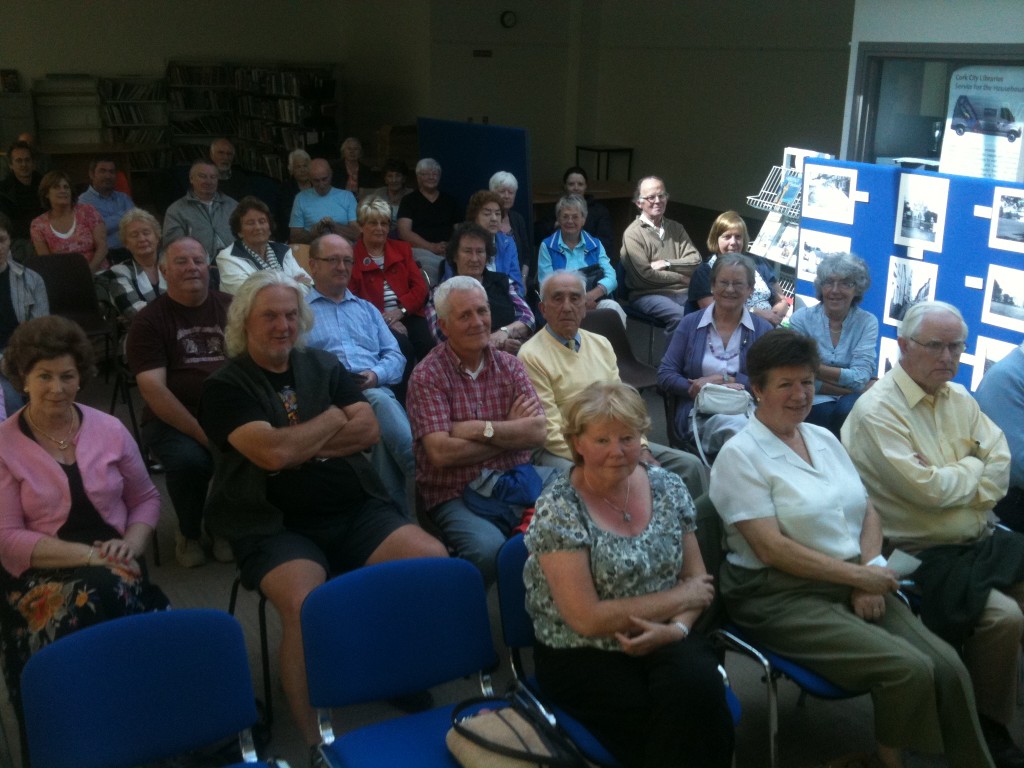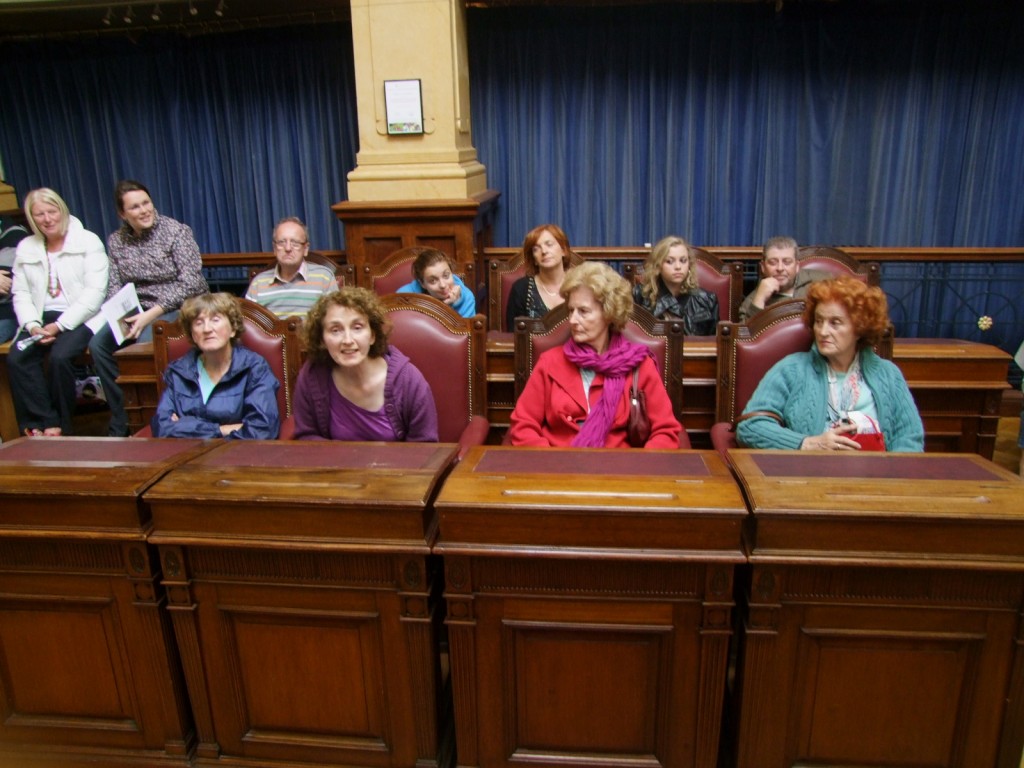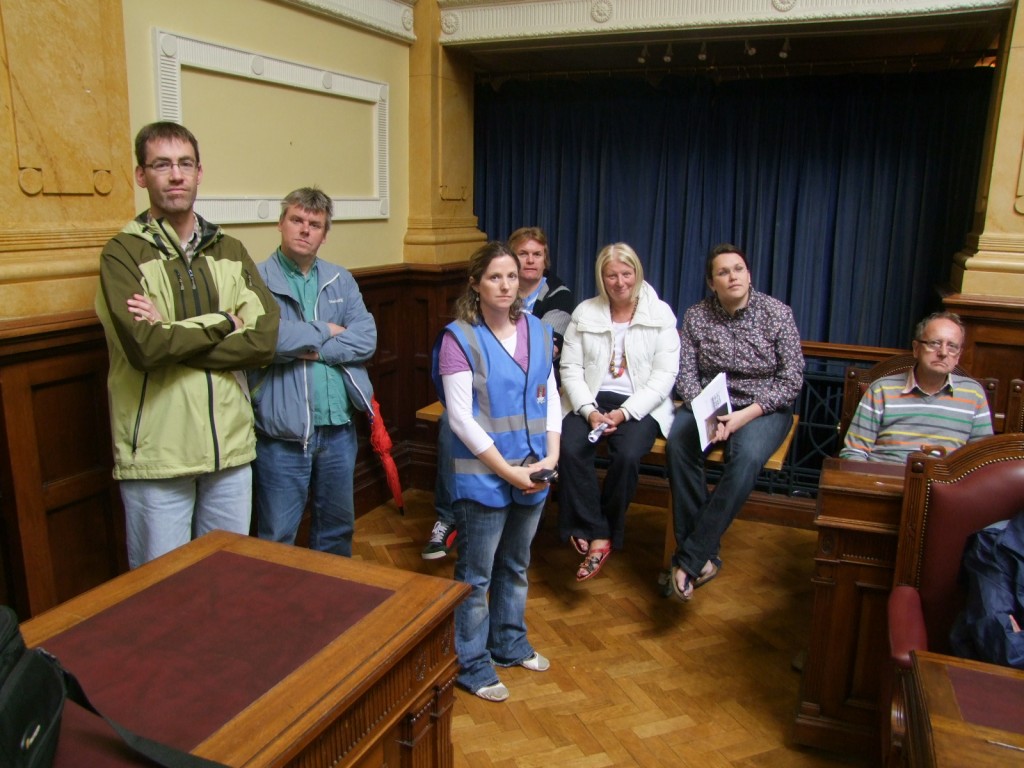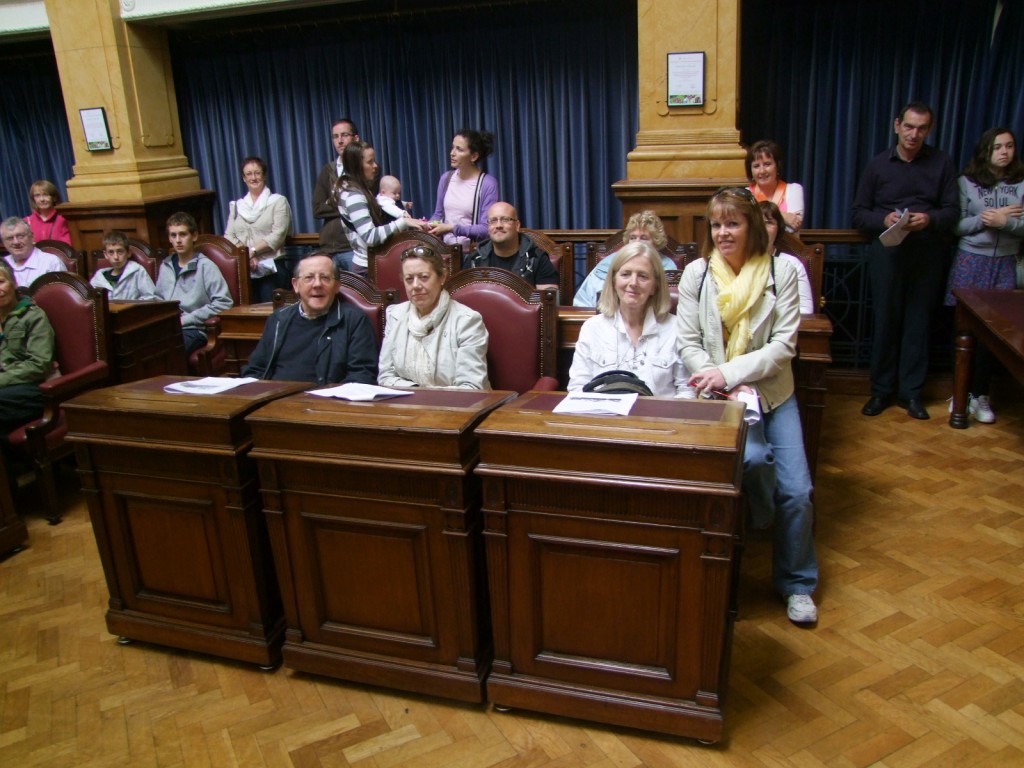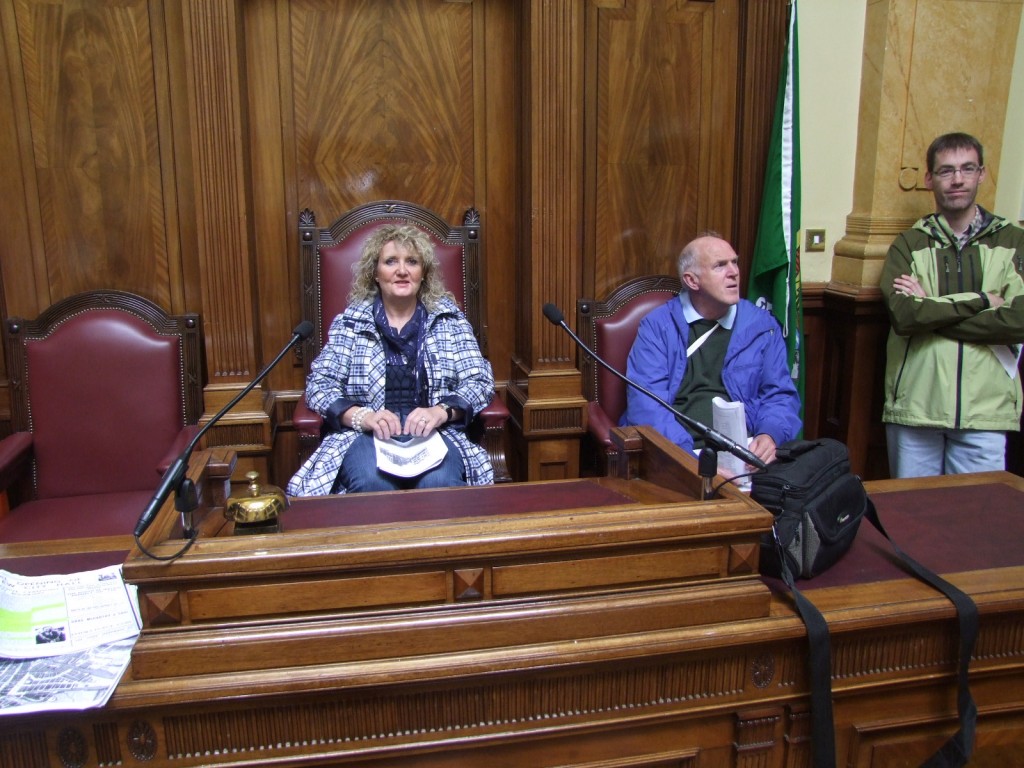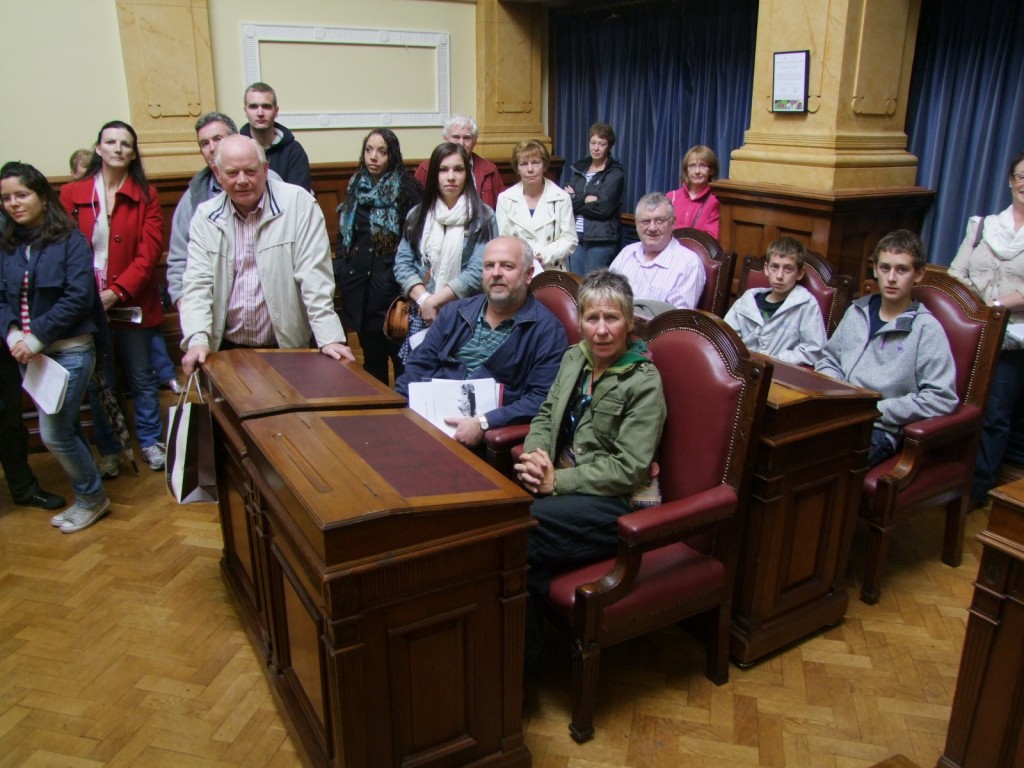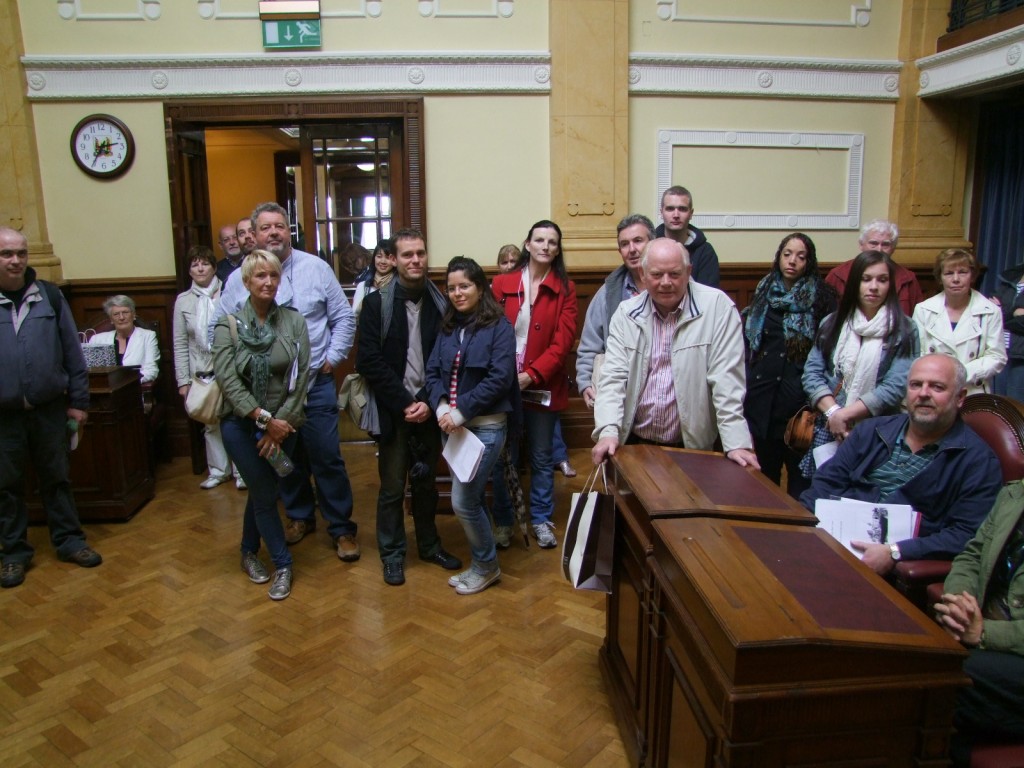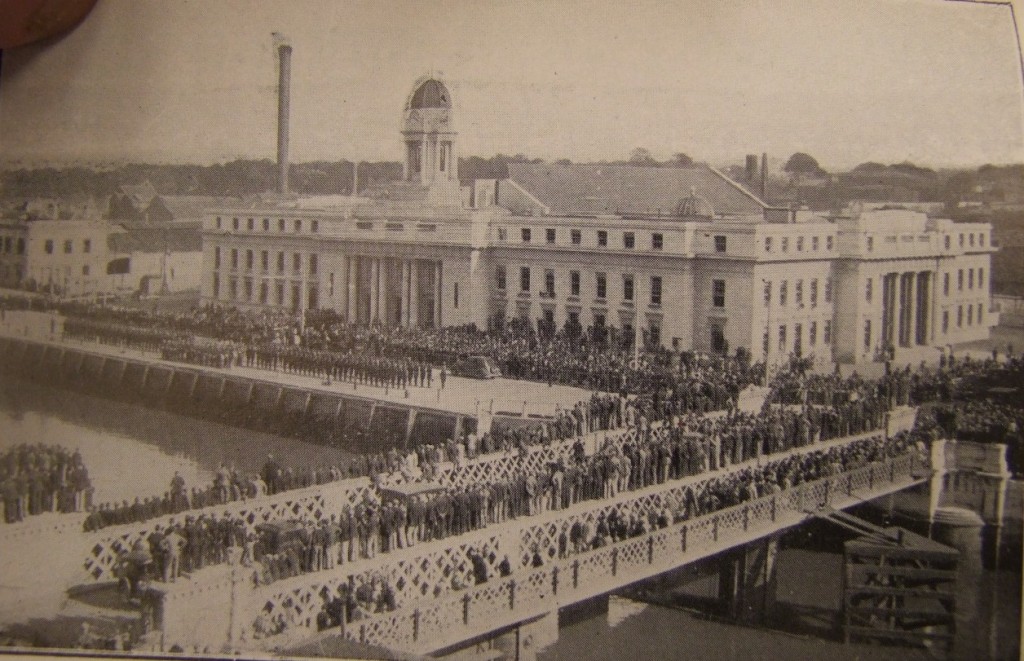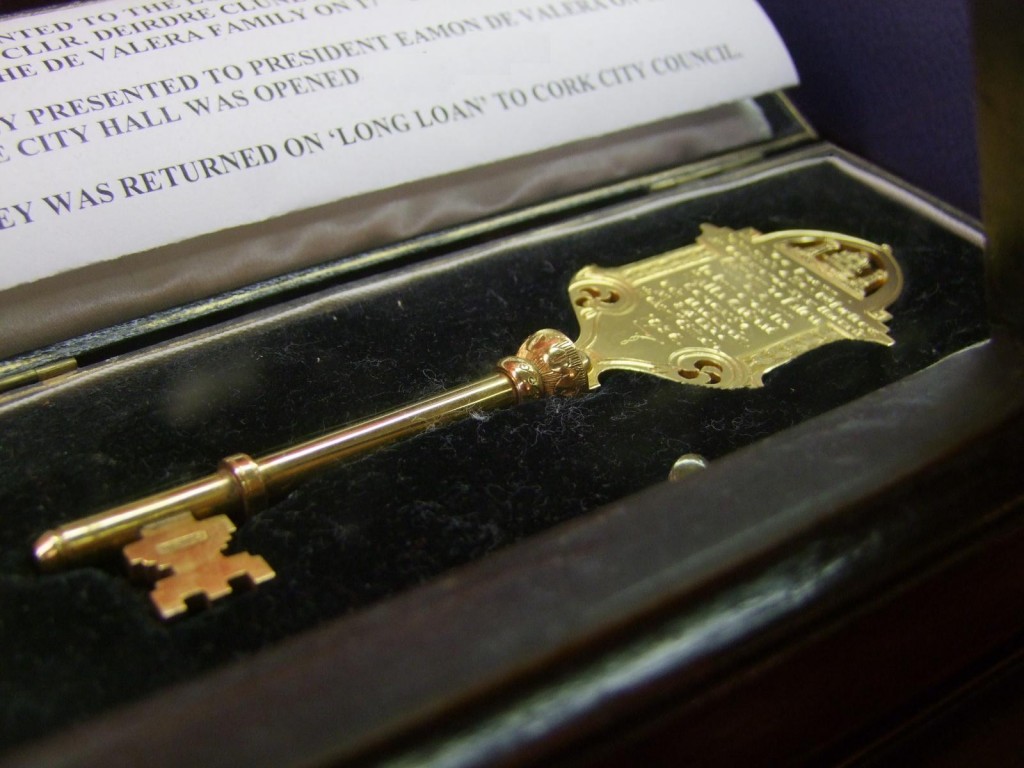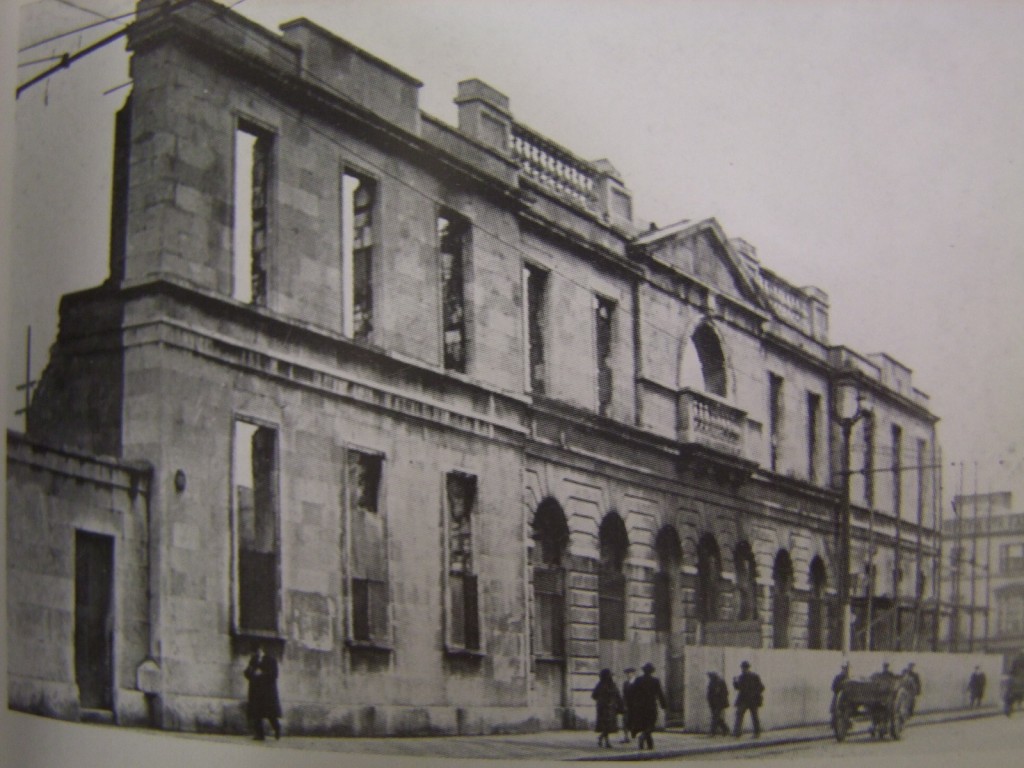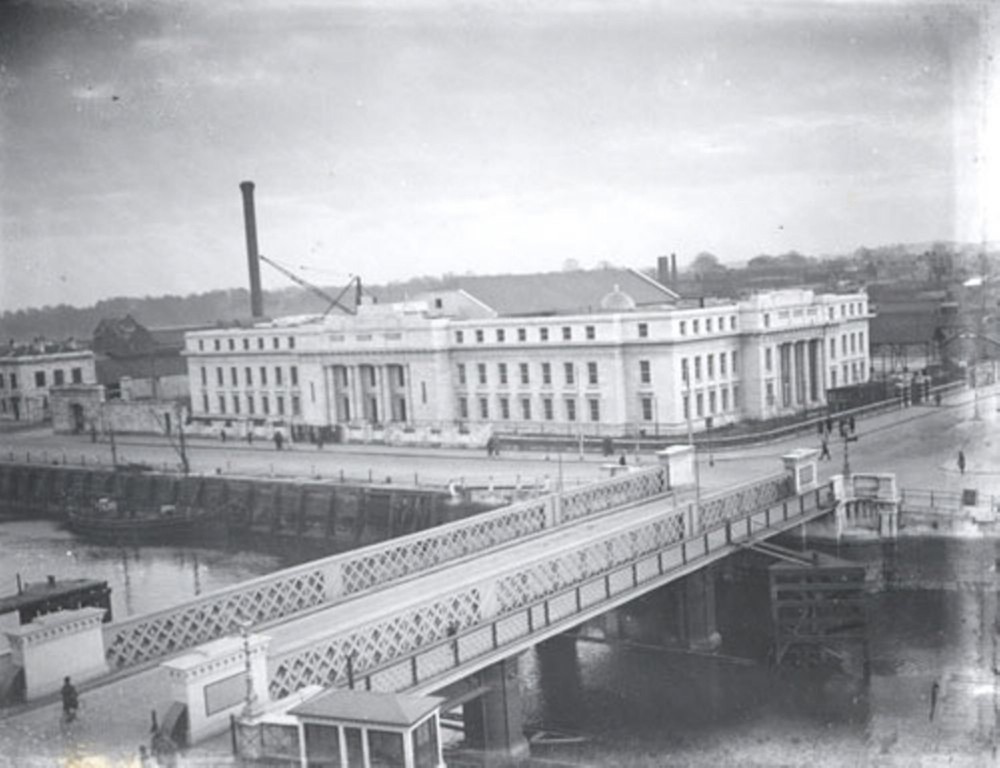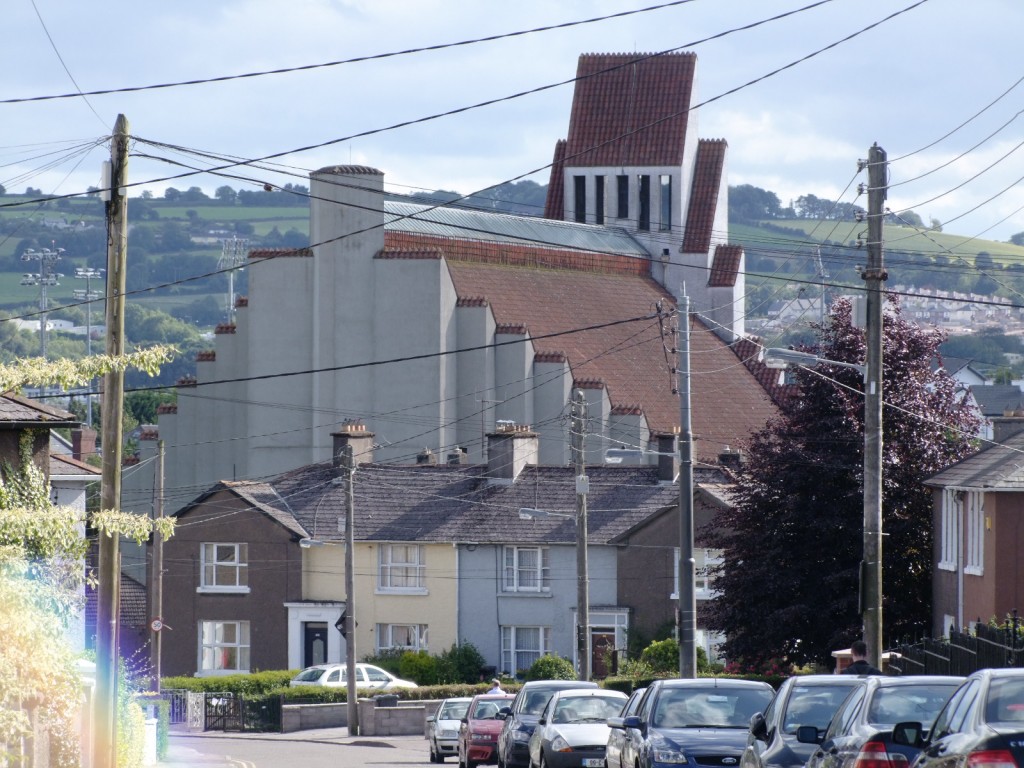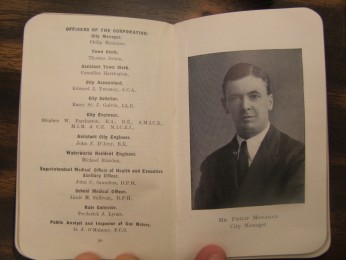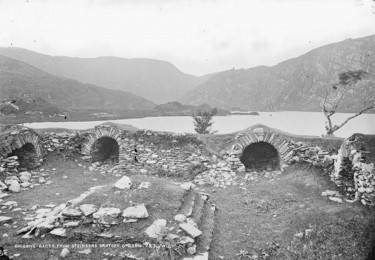
611a. Central pilgrimage cells, Gougane Barra, Co. Cork, c.1890 (source: National Library, Dublin)
Kieran’s Article, Our City, Our Town,
Cork Independent, 6 October 2011
In the Footsteps of St. Finbarre (Part 269)
A Sanctuary of Knowledge
Sitting on a ruin chatting to those who come to view the new exhibition, people come with many ideas and questions about Gougane Barra, about its evolution plus its spirit of place. Certainly to the people I chatted to, all had various perspectives on the site and its meanings to them, all of which would create interesting columns in themselves. Gougane Barra as a place has many layers of memories, indeed so has the River Lee valley.
Perhaps for me, one of the people who epitomises for me the spirit of the memories in the valley is Fr Patrick Hurley, who was sent by the Bishop of the Diocese of Cork and Ross into Gougane Barra in 1888. Perhaps it is his interests in history and archaeology that grab me. To have interests enough to promote the creation of the new oratory in 1901 is noteworthy (see last week), but perhaps it is his ambition and energy to actually do something for the people in his parish, which is also impressive. Certainly those threads such as developing the merits and energies of a place appear in other places, which have been written about in this column within the valley. Born in 1841 in Enniskeane, near Bandon, Co. Cork, Fr Hurley certainly would have had experienced the ravages of the Famine in rural Ireland. He received his early education in the then Diocesan Seminary in Cork and completed his course in the Irish College in Paris. He was ordained in 1865 at the age of 24.
After ordination, Fr Hurley was appointed to Schull, Co. Cork for a short time but was transferred in 1867 to Kilbrittain, Co. Cork and in 1869 he was appointed to Blackrock, Co. Cork. After spending six years in Blackrock, Fr Hurley was transferred to SS Mary and Anne’s North Cathedral, Cork City and was elected as chaplain to Bishop William Delaney. Fr Hurley experienced the slums of Cork’s northside and sought to improve the lack of education facilities in the area and set about establishing a school at the Confraternity Hall attached to the North Cathedral, Cork City.
In 1872 the Bishop of Cork Dr Delaney, wished to raise the profile of the pilgrimage island in Gougane Barra. He paid a visit to the Carthusian monks in the Chartreuse Mountains, to the north of the city of Grenoble in France. His visit aimed to get some of the monks to settle in Gougane Barra. Four of the Carthusian monks came the next year to see Gougane Barra but abandoned the idea. However, their advent had one result – the leasing of the island on 29 January 1873 at a nominal rent of one shilling from Mr Townsend, Uncle of a Captain Townsend, the proprietor, to the Dr Delany and Parish Priest of Inchigeela, Fr Jeremiah Holland.
Two years after the death of Bishop Delany, Fr Hurley was involved in securing Gougane Barra for the Diocese of Cork in 1888 (Hurley, 1905). Subsequently he was sent to Gougane Barra by the new Bishop O’Callaghan, Dr O’Callaghan to administer in that area of West Cork. This appointment was made in May 1888 on the death of Fr Holland.
Fr Patrick Hurley’s obituary in The Cork Examiner, on 26 June 1908, and in the Journal of the Royal Society of Antiquities of Ireland for 1909 reveals a learned man. During his late forties, Fr. Hurley developed an interest in the history of the Diocese of Cork and Ross. He published a number of articles in the Irish Ecclesiastical Record (1887) concerning Cork Bishops and their lives, namely Dr Robert Barry, Bishop of Cork and Cloyne, 1647-1662 and Dr Patrick Comerford, Bishop of Waterford and Lismore, 1629-1652.
Fr Hurley’s continued interest in antiquities is reflected in the fact he became a member of the Royal Society of Antiquities of Ireland in 1890 and in time became honorary local secretary for County Cork. The Royal Society of Antiquaries of Ireland was and still is a learned society based in Ireland, whose aims are “to preserve, examine and illustrate all ancient monuments and memorials of the arts, manners and customs of the past, as connected with the antiquities, language, literature and history of Ireland”.
Fr. Hurley was also a committee member and a contributor of articles to the Cork Historical and Archaeological Society (three articles in 1892 and one in 1896), which was founded in 1891 for the collection, preservation and diffusion of all available information regarding the City and County of Cork. One of his contributions in the 1892 journal explores the history of St Finbarre and folk-life in the nineteenth century re-visiting the work of antiquarian visitors to the site. Fr Hurley’s comments that the trees had become decayed and the walls of the pilgrimage enclosure, where tradition had it that St Finbarr had his cell were in a very dilapidated state. Fr. Hurley had the walls repaired, new Stations of the Cross in terracotta erected, and also the cross restored where it formerly stood.
Kieran’s new historical exhibition called Voices of the Lee Valley is on display next Saturday and Sunday afternoons on the pilgrimage island, Gougane Barra; all are welcome (last weekend).
To be continued…
Captions:
611a. Central pilgrimage cells, Gougane Barra, Co. Cork, c.1890 (source: National Library, Dublin)
611b. R Barry’s plan of Gougane Barra pilgrimage island, 1813 (source: Fr P. Hurley, 1892)
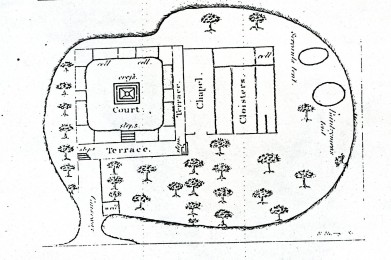
611b. R Barry’s plan of Gougane Barra pilgrimage island, 1813 (source: Fr P. Hurley, 1892)
